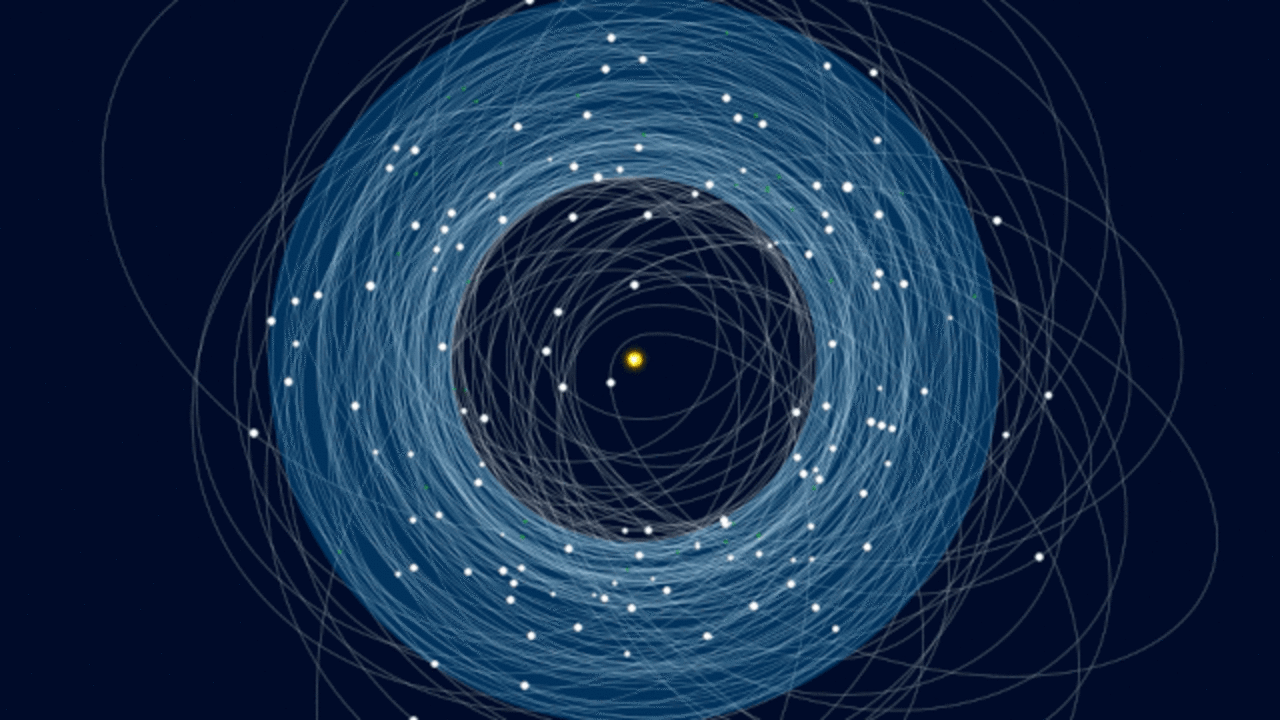- 19 April 2024
- 1248
The Subatomic Symphony: Particle Physics in Action

Particle physics, often referred to as high-energy physics, delves into the fundamental constituents of matter and the forces that govern their interactions. It’s a field that explores the smallest building blocks of the universe, revealing the intricate dance of particles on the subatomic scale. In this article, we’ll embark on a journey through the captivating world of particle physics, from the enigmatic realms of quantum mechanics to the colossal experiments conducted in particle accelerators.
Introduction to Particle Physics
At its core, particle physics seeks to unravel the mysteries of existence by studying the behavior and properties of subatomic particles. These particles, such as electrons, quarks, and neutrinos, are the building blocks of all matter in the universe. Understanding their nature and interactions provides insights into the fundamental forces that shape our reality.
Subatomic Particles
Subatomic particles come in various types, each with unique characteristics and roles in the cosmos. From the familiar electron to the elusive neutrino, these particles exhibit diverse behaviors and properties that challenge our understanding of the universe’s inner workings.
The Standard Model
The Standard Model of particle physics serves as the foundation for our current understanding of elementary particles and their interactions. It categorizes particles into fermions and bosons, providing a framework for explaining the electromagnetic, weak, and strong nuclear forces.
Forces in Particle Physics
Fundamental forces, such as gravity and electromagnetism, play a crucial role in particle physics, governing the behavior of particles at the subatomic level. Understanding these forces and their mechanisms of interaction is essential for comprehending the dynamics of particle behavior.
Particle Accelerators
Particle accelerators are instrumental in particle physics research, allowing scientists to study particles at high energies and velocities. These colossal machines simulate conditions present in the early universe, enabling the investigation of particle collisions and the discovery of new phenomena.
Quantum Mechanics
Quantum mechanics provides the theoretical framework for understanding the behavior of particles on the smallest scales. It describes phenomena such as particle-wave duality and quantum entanglement, offering profound insights into the nature of reality.
Particle Collisions
Particle collisions serve as the cornerstone of experimental particle physics, providing opportunities to probe the fundamental constituents of matter. By analyzing the debris produced in high-energy collisions, researchers can uncover new particles and interactions.
Discoveries in Particle Physics
Over the years, particle physics experiments have led to numerous groundbreaking discoveries, reshaping our understanding of the universe. From the detection of the Higgs boson to the confirmation of neutrino oscillations, these findings have revolutionized the field.
Beyond the Standard Model
While the Standard Model has been remarkably successful in explaining many aspects of particle physics, it’s not without its limitations. Scientists continue to search for phenomena that lie beyond its scope, hoping to uncover new physics that can address unanswered questions.
Applications of Particle Physics
The insights gained from particle physics research have far-reaching implications beyond academia. Technologies such as medical imaging and particle therapy rely on principles derived from particle physics, contributing to advancements in healthcare and technology.
Challenges and Controversies
Despite its significance, particle physics faces various challenges, including funding constraints and ethical dilemmas. Balancing the pursuit of scientific knowledge with societal concerns remains a constant challenge for researchers in the field.
Public Perception of Particle Physics
Public understanding of particle physics is often influenced by misconceptions and sensationalized portrayals in the media. Efforts to improve science communication and engage the public in meaningful dialogue are essential for fostering a more informed society.
Theoretical vs. Experimental Physics
Theoretical and experimental approaches complement each other in particle physics, with theorists developing models to explain experimental observations. Collaboration between theorists and experimentalists is crucial for advancing our understanding of the universe.
Future Directions in Particle Physics
As technology advances and new experimental techniques emerge, the future of particle physics looks promising. From the exploration of dark matter and dark energy to the quest for unification theories, researchers are poised to make profound discoveries in the years to come.
Conclusion
Particle physics continues to captivate the imagination of scientists and enthusiasts alike, offering glimpses into the fundamental nature of reality. With each new discovery, we move closer to unraveling the mysteries of the universe and understanding our place within it.
_____________________________________________________________________________________
FAQs
What is particle physics?
Particle physics is the branch of physics that studies the fundamental constituents of matter and the forces that govern their interactions.
Why is particle physics important?
Particle physics helps us understand the fundamental nature of the universe and has practical applications in technology and medicine.
What are particle accelerators used for?
Particle accelerators are used to study particles at high energies and velocities, simulating conditions present in the early universe.
What are the challenges facing particle physics research?
Particle physics research faces challenges such as funding constraints, ethical dilemmas, and public misconceptions.
What is the future of particle physics?
The future of particle physics holds promise for new discoveries, including the exploration of dark matter, dark energy, and unification theories.
Explore the fascinating world of particle physics in this insightful article. From subatomic particles to cutting-edge experiments, uncover the secrets of the universe’s smallest building blocks. Discover If you’re curious about the mysteries of the cosmos, this article is a must-read.

